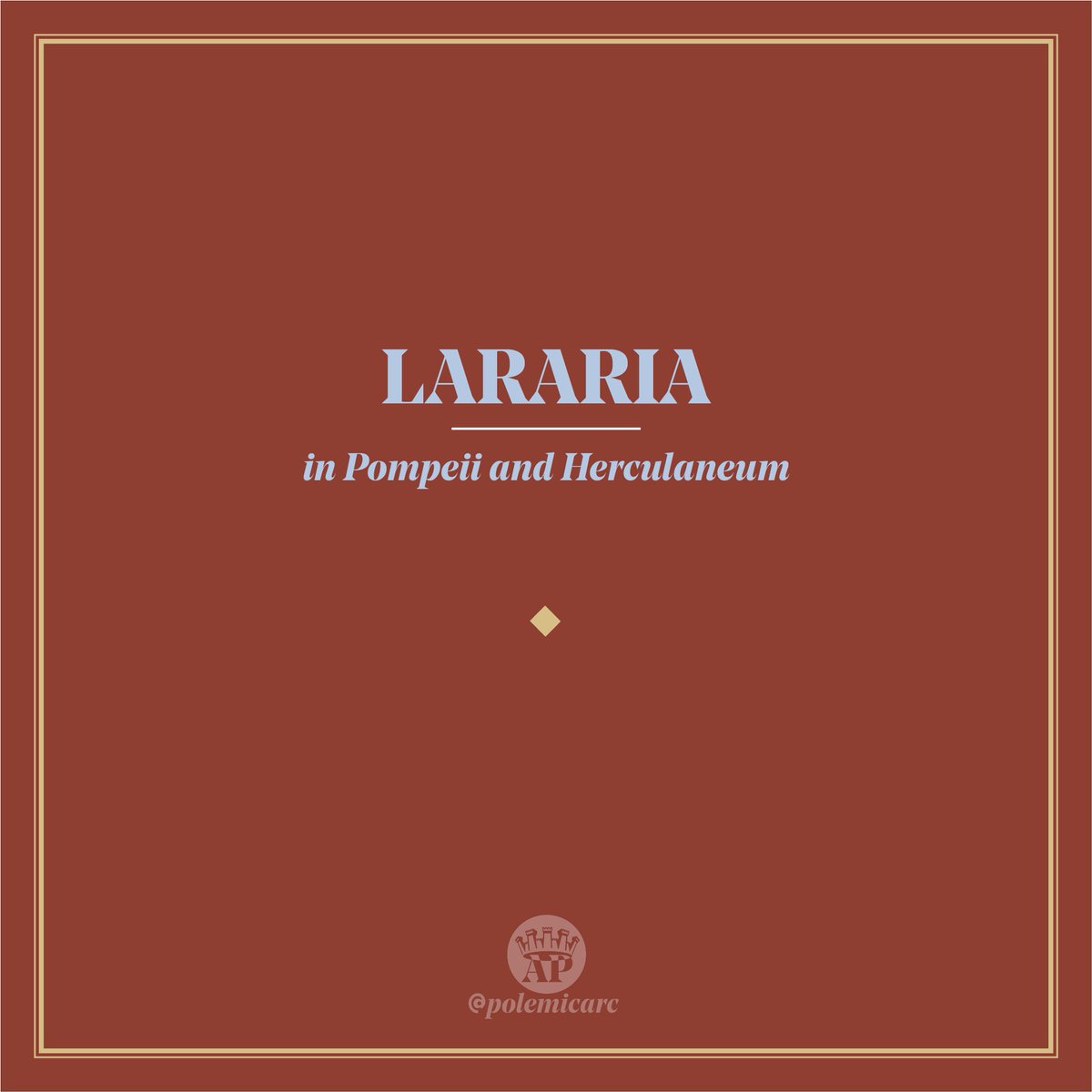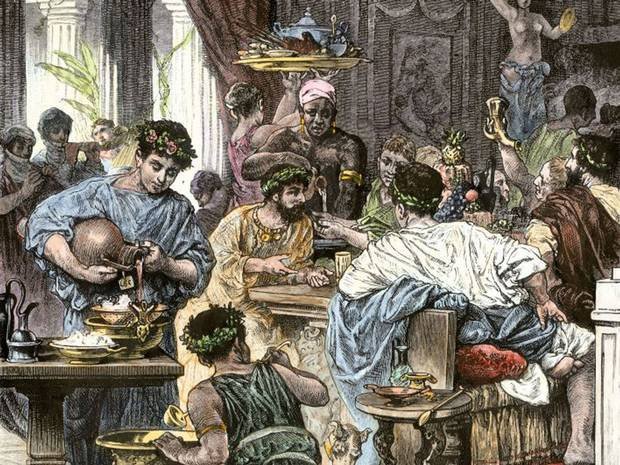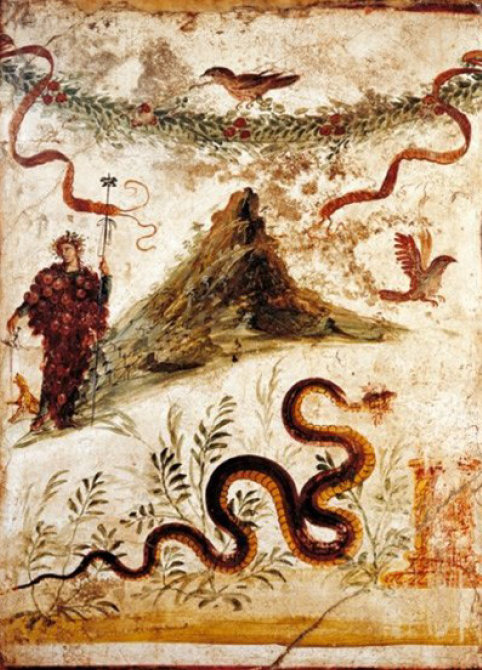Follow @Polemicarc for more –
#larario #lararium #pompeii #herculaneum #architecture #arquitectura #RomanEmpire

Link from a very nice guy: tinyurl.com/y5wywrsk
@IntDissidente 😉







Get real-time email alerts when new unrolls are available from this author!
Twitter may remove this content at anytime, convert it as a PDF, save and print for later use!

1) Follow Thread Reader App on Twitter so you can easily mention us!
2) Go to a Twitter thread (series of Tweets by the same owner) and mention us with a keyword "unroll"
@threadreaderapp unroll
You can practice here first or read more on our help page!




